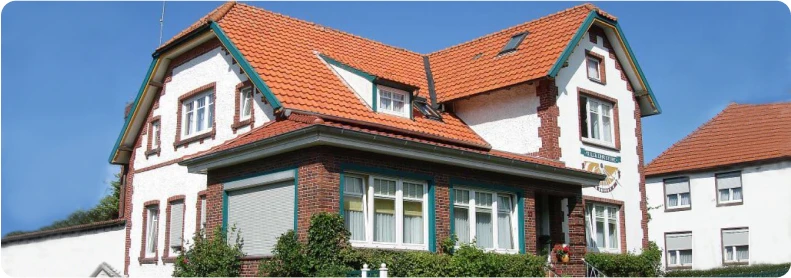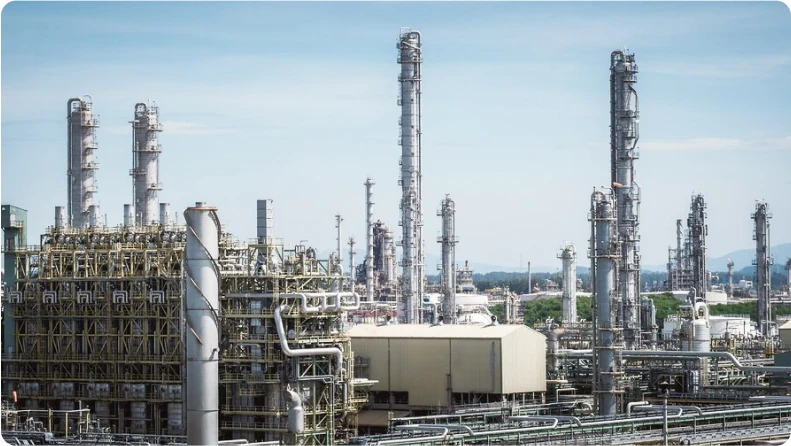Technical conditions (TC) are the technical requirements of the Transmission system operator (TSO) and/or Distribution system operator (DSO) the fulfillment of which is necessary for connection of the facility to the power grids. The TC are an integral annex to the Grid connection agreement (GCA).
IKNET provides services for obtaining optimal TC for connection of the Customer’s facility to external power grids.
Experts of our company analyze the existing electricity grids in the area of the Customer’s facility to determine the optimal option for connection f the facility to the electricity grid.
Also, IKNET provides services for analyzing received TCs, in particular, the scope of power grid construction and reconstruction.














 Schedule of capacity commissioning by years
Schedule of capacity commissioning by years

